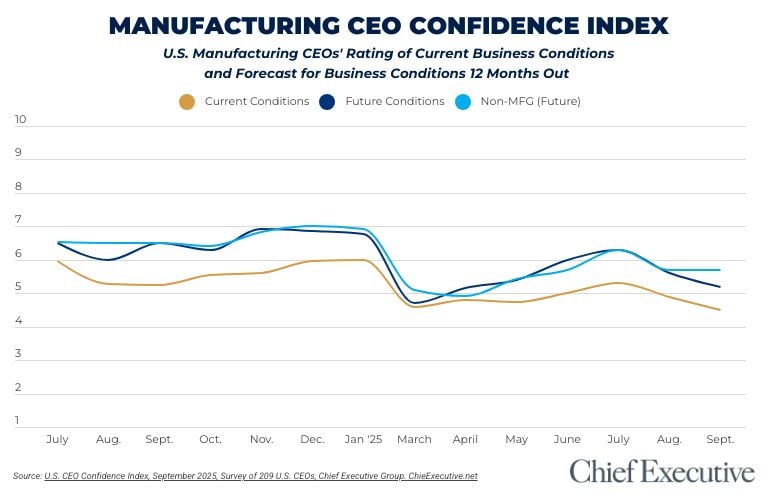
I’ve had the good fortune to work with over one hundred companies during my career and to serve on a number of their boards, one public, the others private. Of these, the most rewarding and experiential board service has been my tenure with Lewis Tree Service, Inc. (Lewis) where I currently serve as chair. Why? Because I was privileged to be part of its evolution from a sole shareholder/privately held company more than thirty years ago to the employee owned company it is today with thousands of stakeholders.
In recalling the companies I worked with that were closely controlled enterprises, boards generally were more operations oriented than strategically focused and while there was awareness of governance responsibilities under the law, emphasis on those responsibilities was not a particularly high priority since it was mainly (or exclusively) the control parties that were at risk.
Governance was not entirely absent though; it was instead provided in good measure by insurers, lenders, public accountants and, unpleasantly, on an ex post facto basis, by local, state and federal regulatory bodies ranging from labor boards to OSHA to the Internal Revenue Service.
In my early years at Lewis I was the sole independent director. Our board functioned much the same as described above but was obliged to change quickly when the company became employee owned, an ‘ESOP.’ As a board of directors our accountability shifted to a Board of ESOP Trustees which held the stock on behalf of our employee stakeholders. The laws governing ESOPs raised the governance bar to the level of a public company and we had our work cut out for us to get up to speed.
For a year and a half, through sub-committee structures, we developed charters and protocols for a number of committees including Audit and Finance, Compensation, Succession and Governance. Add to those job guidelines for the board chair, directors, committee chairs, and board advisors and after that, evaluation processes for all of the above, a Code of Conduct and Ethics and even an on-boarding procedure for new directors. We did all this by drawing on our own experiences and ‘honorably adopting’ from related published materials. We went from a ‘casual’ board environment to a regimented board process in a relatively short period of time. Reflecting back, that was the easy part!
Since they were to be the voting committee members, the work described above was led by five independent directors, of which I was one, with significant input from four inside directors. It next became our job to show respect for the work product we had created and candidly, doing so eventually became tedious! Quarterly board meetings were preceded by committee meetings, often three or four scheduled the day before, some on the same day and even some meetings in between quarters. We were pressured as much by the schedule(s) as the content.
Fortunately, our processes included reviewing our charters each year and in doing so we eventually found our sweet spot. Here’s how we evolved. We kept our Audit and Finance Committee and our Compensation Committee adding to the latter a retirement benefits component which deals mainly with ESOP matters. As to the Succession committee, it first was renamed to Leadership Development and then eventually dissolved but built into our quarterly board meeting agenda as a reportable objective.
Our Governance Committee met the same fate, also being integrated into our board meetings. Now, at each meeting we review a few of our protocols to determine first, if we are respecting them and second, if they require modification or update. By doing it this way, nothing gets short circuited…everything is revisited annually, but not all at once! This process is further enhanced by our corporate attorney who serves as an advisor to the board and reports annually on changes in corporate governance regulations that require our attention.
What’s the lesson from this journey? Good governance is not about optics it’s about protocols and practices that are so embedded in a board’s culture that they can be communicated with the same ease as a company’s vision, strategy and metrics. It matches well with the prudent man rule, it’s manageable and it doesn’t have to be painful. Private, employee owned or public…it can be made part of a board’s fabric and…it’s good business!
Read more: Warren Buffett Teaches Politicians Business 101




Chief Executive Group exists to improve the performance of U.S. CEOs, senior executives and public-company directors, helping you grow your companies, build your communities and strengthen society. Learn more at chiefexecutivegroup.com.
0

1:00 - 5:00 pm
Over 70% of Executives Surveyed Agree: Many Strategic Planning Efforts Lack Systematic Approach Tips for Enhancing Your Strategic Planning Process
Executives expressed frustration with their current strategic planning process. Issues include:
Steve Rutan and Denise Harrison have put together an afternoon workshop that will provide the tools you need to address these concerns. They have worked with hundreds of executives to develop a systematic approach that will enable your team to make better decisions during strategic planning. Steve and Denise will walk you through exercises for prioritizing your lists and steps that will reset and reinvigorate your process. This will be a hands-on workshop that will enable you to think about your business as you use the tools that are being presented. If you are ready for a Strategic Planning tune-up, select this workshop in your registration form. The additional fee of $695 will be added to your total.

2:00 - 5:00 pm
Female leaders face the same issues all leaders do, but they often face additional challenges too. In this peer session, we will facilitate a discussion of best practices and how to overcome common barriers to help women leaders be more effective within and outside their organizations.
Limited space available.

10:30 - 5:00 pm
General’s Retreat at Hermitage Golf Course
Sponsored by UBS
General’s Retreat, built in 1986 with architect Gary Roger Baird, has been voted the “Best Golf Course in Nashville” and is a “must play” when visiting the Nashville, Tennessee area. With the beautiful setting along the Cumberland River, golfers of all capabilities will thoroughly enjoy the golf, scenery and hospitality.
The golf outing fee includes transportation to and from the hotel, greens/cart fees, use of practice facilities, and boxed lunch. The bus will leave the hotel at 10:30 am for a noon shotgun start and return to the hotel after the cocktail reception following the completion of the round.